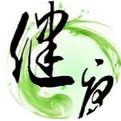Fire can be categorized into deficiency and excess, with deficiency fire further divided into yin deficiency fire and yang deficiency fire. In treatment, excess fire can be countered with bitter and cold herbs, while yin deficiency fire can be nourished with sweet and cold herbs. Yang deficiency fire is relatively rare in clinical practice; using excessively cold herbs in this case would violate the principle of treating deficiency with deficiency and excess with excess.
Manifestations of Yang Deficiency with Floating Fire
There are two contrasting sets of symptoms:
First, kidney yang deficiency, which is the essence of the disease: pale or dark complexion, weakness in the lower back and knees, feeling cold with cold limbs, especially in the lower extremities, fatigue, impotence and premature ejaculation in men, cold uterus and infertility in women, decreased libido, possible symptoms of diarrhea, early morning diarrhea, or frequent clear urination, nocturia, pale tongue, white coating, and a weak, thin pulse, particularly at the wrist. If only these symptoms are present clinically, the differentiation of yang deficiency is not difficult.
Second, deficiency fire, which is a false appearance of the disease, can vary in severity. In mild cases, deficiency yang rises, causing deficiency fire to surge upwards, with symptoms primarily affecting the head and face, such as sores in the mouth and tongue, toothache, throat pain, headache, dizziness, and thirst with dryness of the throat. In severe cases, deficiency yang escapes outward, with symptoms affecting the whole body, including fever, rashes, flushed face, lumps, and sweating.
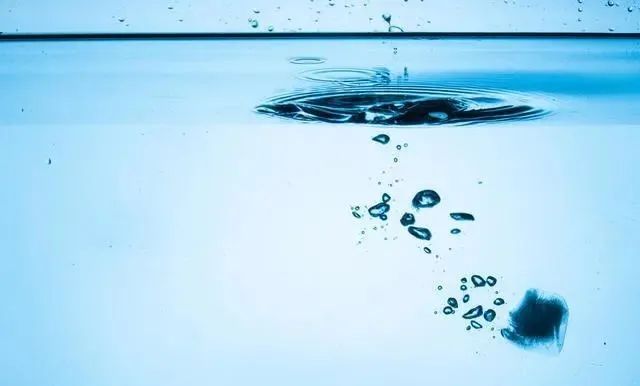
Clinically, it often presents as a mix of cold and heat, but careful differentiation is still easy. For example, fever or a sensation of heat, a desire to cover oneself with clothing, no burning sensation upon touching the chest and abdomen; a complexion that is flushed like makeup, not uniformly red; mental agitation and restlessness, fatigue; thirst but no desire to drink or a preference for hot drinks; throat pain without redness or swelling; a floating, large, or rapid pulse that feels weak upon pressure; constipation with soft stools, or clear diarrhea; clear and long urination or reduced urination with edema; pale tongue, white coating, etc.
Forms of Yang Deficiency with Floating Fire
First, excessive cold in the lower jiao (lower abdomen) leads to deficiency yang being repelled outward, presenting as internal cold and external heat. This is exemplified in the “Shang Han Lun” (Treatise on Cold Damage) in the Shaoyin chapter, where symptoms include cold extremities, a weak pulse, or clear diarrhea, but “the body does not dislike cold” is a typical manifestation. This body heat is yang floating outward, manifesting in the skin and muscles, referred to by Zhang Jiebin as “fire of the repelled yang”;
Second, deficiency yang is repelled upward, floating to the head and throat, presenting as lower cold and upper heat, with symptoms of flushed cheeks, sore throat, irritability, and thirst. This is yang residing above, manifesting between the head and throat, referred to by Zhang Jiebin as “rootless fire”;
Third, the kidneys govern urination and defecation, and kidney yang has the function of vaporization and transformation. When kidney yang is deficient, transformation fails, and fluids do not circulate, leading to symptoms of clear and long urination and loose stools. This is due to deficiency yang being displaced from its original position, referred to by Zhang Jiebin as “displaced fire”. Regardless of where the heat manifests, it fundamentally stems from the deficiency and decline of the original yang.
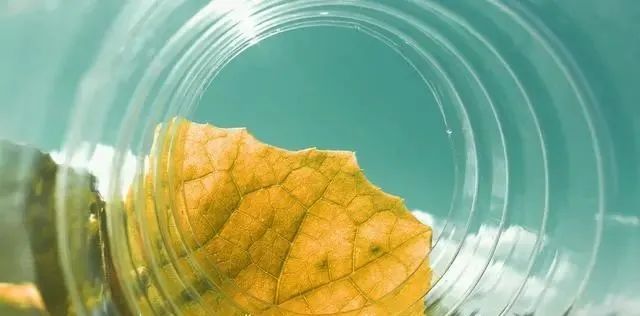
However, not all cases of yang deficiency will exhibit the symptoms of floating deficiency yang; this manifestation only occurs when yin cold is extremely strong and true yang is extremely deficient. This is a severe and critical condition, and if it progresses further, it may lead to the separation of yin and yang. Therefore, I categorize the stages of yang deficiency from mild to severe as: yang deficiency with yin cold, yin excess repelling yang, and yang deficiency on the verge of collapse.
The yang deficiency with yin excess stage presents a clear picture of deficiency and cold, which is easy to differentiate clinically; the yang deficiency on the verge of collapse stage indicates the edge of the separation of essence and qi, and the signs of weakness are also not difficult to distinguish.
Yang deficiency with floating fire encompasses both the aspects of floating deficiency yang and external escape of deficiency yang. Due to the confusing symptoms of mixed cold and heat, it is easy to misinterpret. Yang deficiency leads to yin excess, and with kidney yang deficiency, the body’s yin cold evil naturally becomes predominant.
As yang deficiency worsens, yin cold also becomes increasingly excessive, forcing yang outward, leading to a mixed cold and heat situation where floating yang appears above and yin excess below. The decline of kidney yang results in the failure of warming and transformation, leading to internal accumulation of yin cold, water dampness, phlegm turbidity, and blood stasis, with these pathological products manifesting symptoms wherever they accumulate.
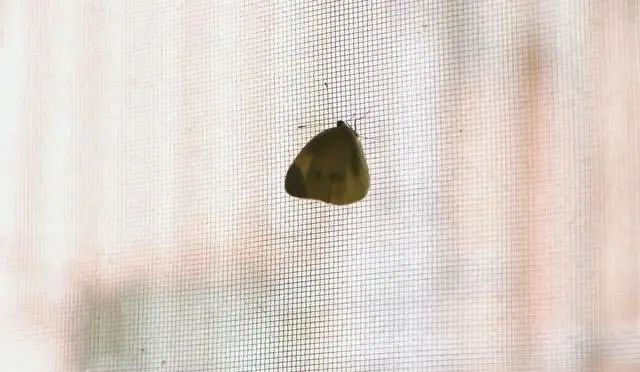
Treatment of Yang Deficiency with Floating Fire
It is evident that warming and tonifying kidney yang, guiding fire back to its source, is the correct method for treating this type of fire disease. Although guiding fire back to its source is the main focus, based on the principles of compatibility and the pathological products generated by the disease, it is also necessary to use yin-nourishing and water-promoting herbs, selecting a modified version of Shenqi Wan (Kidney Qi Pill).
In the formula, the dosages of Fuzi (Aconite) and Rougui (Cinnamon) are increased, as they are the main herbs for warming the kidneys and tonifying yang, guiding fire back to its source. Fuzi revives yang and supplements fire, circulating through the twelve meridians, with a rapid and intense effect, capable of restoring the lost original yang, which ancient practitioners referred to as “rescuing the yang within the yin”.
Using Rougui instead of Guizhi (Cinnamon Twig) is due to Rougui’s gentle and rich properties, which can supplement the true fire insufficient in the lower jiao and effectively guide the floating fire down to the kidneys, quelling the rootless fire.
In summary, Rougui and Fuzi are spicy, sweet, and very warm, with thick qi that descends and opens the kidneys, strongly supplementing the true fire of the lower source, guiding the floating deficiency fire back down to the kidneys, restoring it to its residence. This is the essence of treating the disease, as the saying goes, “to treat the disease, one must seek the root”; Dandi (Rehmannia), Shanyao (Chinese Yam), and Shanyurou (Cornus) nourish yin and benefit essence. The inclusion of yin-nourishing herbs in the yang tonifying formula has two layers of meaning: kidney yang is constrained by kidney yin, which is to say, fire exists within water.
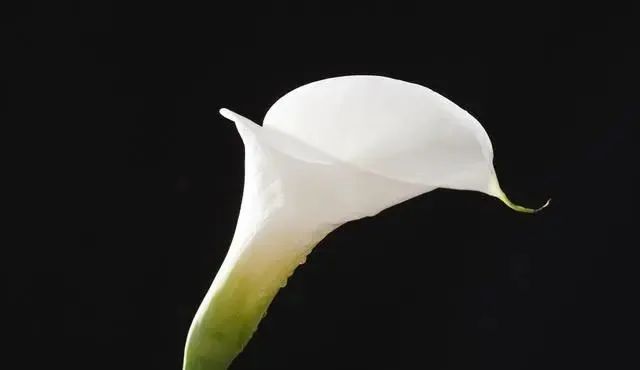
Only with sufficient kidney yin can it constrain kidney yang, allowing this yang to perform its warming and transforming functions in the lower jiao without floating away. Simply using hot herbs like Guizhi and Fuzi to tonify yang will harm yin. After tonifying yang and harming yin, without the constraint of yin, yang cannot settle in the lower jiao and will become erratic.
This not only fails to achieve the goal of tonifying yang but also results in a more severe deficiency of yin and yang. This is because tonifying yang can consume yin fluids, and using tonifying yang herbs heavily while lightly using yin-nourishing products is crucial to restrain the spicy, hot, and dry nature of tonifying yang herbs; secondly, tonifying yang must be accompanied by tonifying yin to maintain the balance between the two.
The compatibility of Fuling (Poria), Zexie (Alisma), and Danpi (Moutan) has two aspects: first, to drain and promote water evil, as kidney yang is deficient and cannot transform qi and promote water, leading to internal stagnation of water dampness, resulting in various water evils; second, to descend and drain, guiding various yang herbs to break through the yin cold and directly enter the lower jiao, using the light draining action of Fuling to lower the yang within yin, the salty draining action of Zexie to lower the yin within yin, and the bitter cold action of Danpi to guide dampness and drain heat, utilizing the descending force of the “three drains” to allow the floating fire to reach the lower jiao, returning to the lower jiao, and exerting its warming and generating physiological effects, achieving a physiological state of yin balance and yang secrecy.
Guess you might like to read

